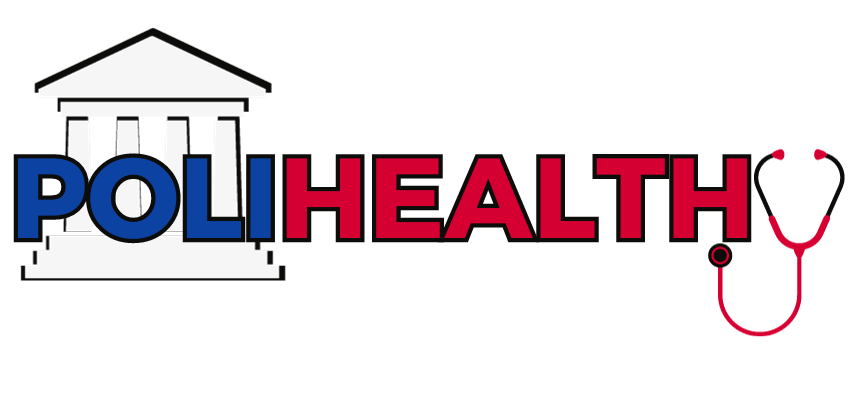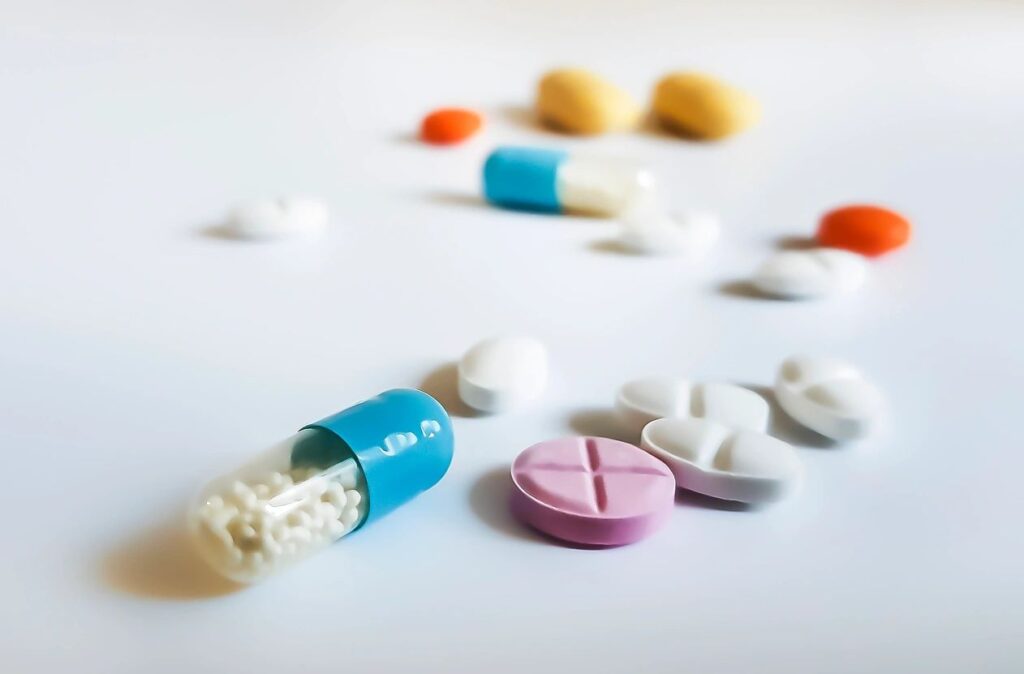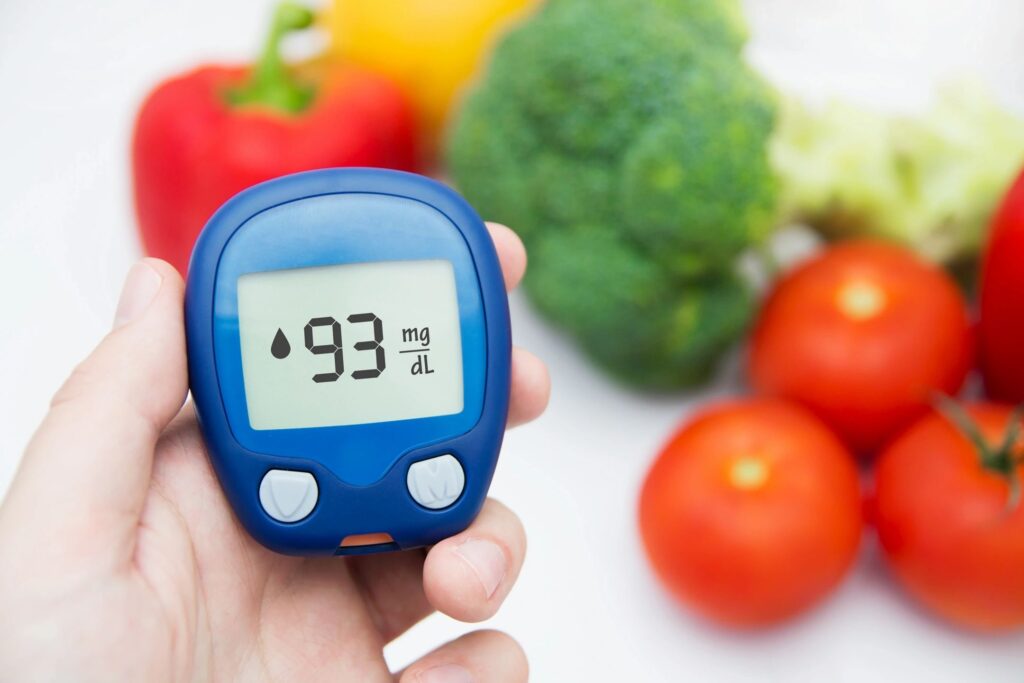7 Ways to Spot and Stop Health Misinformation on Social Media
Table of Contents
- 7 Ways to Spot and Stop Health Misinformation on Social Media
- Understanding Health Misinformation on Social Media
- The Prevalence of Health Misinformation on Social Media
- C.R.I.T.I.C: Your Framework for Detecting Health Misinformation on Social Media
- The CRITIC Framework in Action
- Strategies to Stop the Spread of Health Misinformation
- Case Study: Misinformation during the COVID-19 Pandemic
- The Future of Health Information on Social Media
- Role of Government and Health Organizations in Addressing Health Misinformation
- What More Can You Do to Protect Yourself from Health Misinformation on Social Media?
- Conclusion
- Source
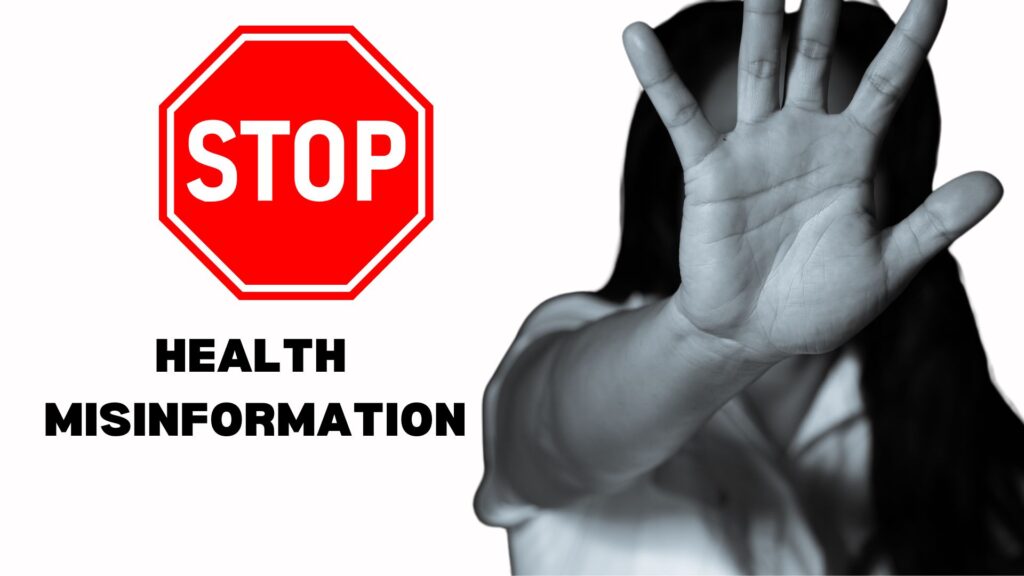
Health misinformation spreads like wildfire on social media platforms. This makes it challenging for users to discern accurate information from false claims. With the rise of the internet, social media has become a breeding ground for the spread of health misinformation. This leads to poor health decision and a mistrust of science, and experts.
In this blog, we will explore the concept of health misinformation, the role of social media in spreading false information, the impact of health misinformation, techniques for spotting false claims, strategies to stop the spread of misinformation, and the future of health information on social media. By the end of this blog, you will be equipped with the knowledge and tools to identify and combat health misinformation on social media platforms.
Understanding Health Misinformation on Social Media
Health misinformation, also known as medical misinformation, refers to the spreading of false information or myths about health, diseases, treatments, and medical research. It often spreads rapidly through social media platforms, where users share information without verifying its accuracy. The rapid spread of health misinformation on social media platforms has given rise to the concept of “infodemics.” This refers to the overproduction of data which makes it challenging to discern accurate information from fake ones.
The Concept of “Infodemics”
Infodemics have become a significant public health concern in recent years. The spread of false information can lead to the spread of false beliefs, “made up illnesses” and hinder disease prevention efforts. The term “infodemics” is often used to describe the spread of health misinformation on social networks, where false information can be easily shared among users. It poses a public health threat because people may make important health decisions based on false information circulating on the internet.
Common Themes to Look Out for in Health Misinformation
Health misinformation often includes common myths and false information that targets minority groups, family members in order to erode trust, and even the general public. Common themes in health misinformation include anecdotal evidence (personal observation), fake news, and false beliefs spread through social groups and social media channels.
Health misinformation can be found on social media platforms, government agencies, and even reputable health organizations’ websites. This makes spotting health information challenging for users to discern accurate information from false claims.
The Prevalence of Health Misinformation on Social Media
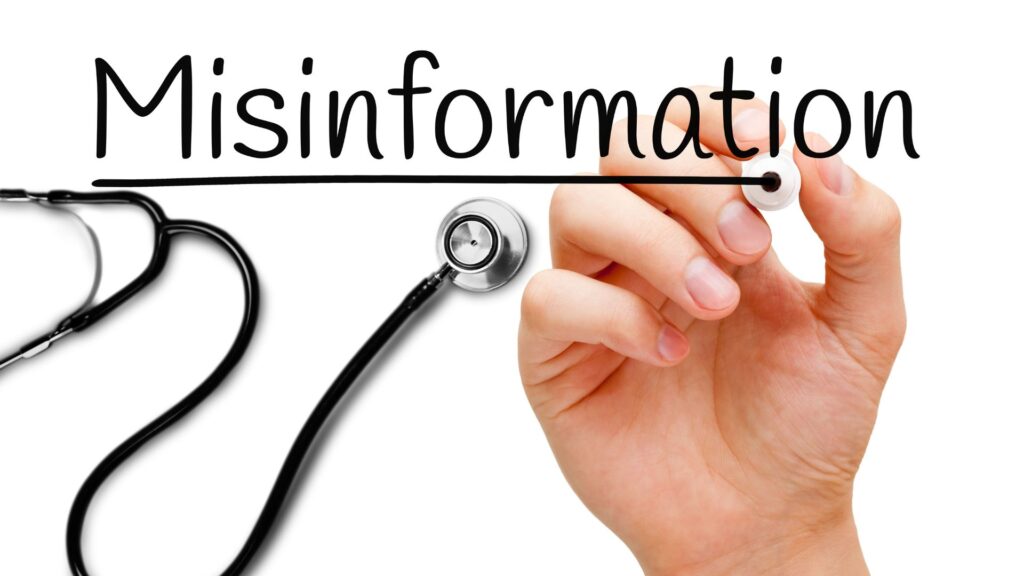
The role of social media platforms in the spread of health misinformation cannot be overlooked. Social media platforms provide users with a platform to share information- this has its advantages and disadvantages. The advantage is that information can be spread quickly, the downside is that misinformation can travel at this same speed; making it easier for false information to spread like wildfire.
The spread of health misinformation on social media platforms makes it more difficult for the public to trust health research, public health authorities, and the future studies of public health crises.
The Role of Social Media in Spreading Misinformation
The role of social media platforms in spreading misinformation remains a controversial one. Elon Musk in a recent interview defended his hands-off approach to curtailing misinformation on the well-known social media platform. Critics argue that this stance ignores the real-world consequences of unchecked misinformation, particularly within the realm of health.
Censoring information or having a hand- off approach, raises crucial questions: should platforms bear any responsibility in sharing content? That notion is still up for debate. In the meantime, here is a practical framework on how to sift out health misinformation.
C.R.I.T.I.C: Your Framework for Detecting Health Misinformation on Social Media
Spotting health misinformation on social media platforms can be challenging, but with the right techniques, you can discern accurate information from false claims. By employing critical thinking and being knowledgeable of credible sources, you will learn how to protect yourself from the negative effects of health misinformation on social media. This is a 6-step framework I’ve developed when designing evidence-based health curriculum. This framework can be applied to any real-world scenario and offers practical application. Here goes:
- Credibility of the source
- Reasonableness of claims
- Internal consistency
- Tone and language
- Independent verification
- Compare with reliable sources
The CRITIC Framework in Action
How to Identify Credible Sources
The first step is to identify if the information presented uses credible sources. Look for information from government agencies or health authorities, or health information sites. These sources have a higher chance of providing accurate and evidence-based information. This will also ensure information reliability, and that the information presented shares scientific consensus with other available sources.
Reasonableness of Claims: Red Flags for Spotting False Health Claims
Determine whether the health information presented has several red flags. One glaring red flag is that health misinformation contradicts scientific evidence. Science backed information is foundational to your health. The second red flag to watch out for is if only anecdotal evidence is presented, that is, the information contains personal stories from the presenter. Often times, personal stories are difficult to verify and may not represent scientific consensus. Have you ever seen a post that claims to immediately help you lose weight? Chances are it is not science-backed and spreading health misinformation.
False beliefs spread through social media channels should be treated with skepticism, and you must stay alert for fake news related to infectious diseases, managing chronic diseases, and the spread of health misinformation itself. Additionally, users should check if there is an overproduction of data, as the quality of health information can be compromised to fit a narrative. If it is sensationalized or overexaggerated- it is likely health misinformation.
This is referred to as storytelling in healthcare, where the creator of the health content adds creative elements to present the issue and challenges the viewer to think critically, “do something” or connect with the information presented. To be truly unbiased, the content should present both sides of the issue and allow viewers the opportunity to critically process the information.
Identify Internal Inconsistency of Information and Data

Internal inconsistency can be difficult to test when the health information is new, for instance a new weight loss wonder drug or a new virus. During the COVID pandemic, there were some inconsistencies as scientists learned more about the novel virus- to some extent this is understandable because the infectious disease was new.
However, to sift through the clutter, determine if the health information you receive about any health topic holds up-even if it’s new. Ask yourself this question: Does the information make sense in the context of what you already know about the topic? Are there glaring ongoing contradictions and inconsistencies of data? Are the sources reliable and is the information relevant?
Determine the Tone and Language Being Used
Health information for medical and educational purposes should be presented in a neutral tone. When there is commentary, for example the presenter’s view or feelings are injected, there should be a clear disclaimer so that you can differentiate the presenter’s opinions from facts. Beware of health information presented in a fear mongering tone or uses strong emotionally charged words.
Independently Verify the Sources
Don’t take health information on social media at face value, always cross-check claims with other reliable and verifiable sources like your doctor, health agencies, medical journals or other healthcare professionals. Additionally, be extra cautious about health misinformation on social media by using fact-checking websites and resources. If the health information can be debunked, it is false- and just a myth.
Compare Reliable Sources of Health Information
Dazzling charts and infographics on social media may mask unreliable health information. Don’t let aesthetics fool you!
To verify health data head over to health agencies like Centers for Disease Control and Prevention or the World Health Organization.
In addition, to sift through the noise, I recommend my “in-out method.”
Start your fact-check journey close to home. Visit your local and national health websites for information on the topic. Expand your search by venturing further to official international health organizations like WHO and verified foreign agencies with a reputation of trustworthiness and transparency. Find primary sources of data, or interviews. Compare the information presented, and you’ll develop the critical thinking skills to confidently navigate the social media jungle of health information.
Strategies to Stop the Spread of Health Misinformation
Stopping the spread of health misinformation requires a united effort from individuals, social media platforms, government agencies, and health organizations. By taking personal responsibility, users can play a role in combating the spread of false information, while social media platforms have a responsibility to address the spread of health misinformation and implement strategies to filter out fake information.
You are probably wondering, what can you do to stop the spread of health information on social media? There are a few things to do, which I will discuss further.
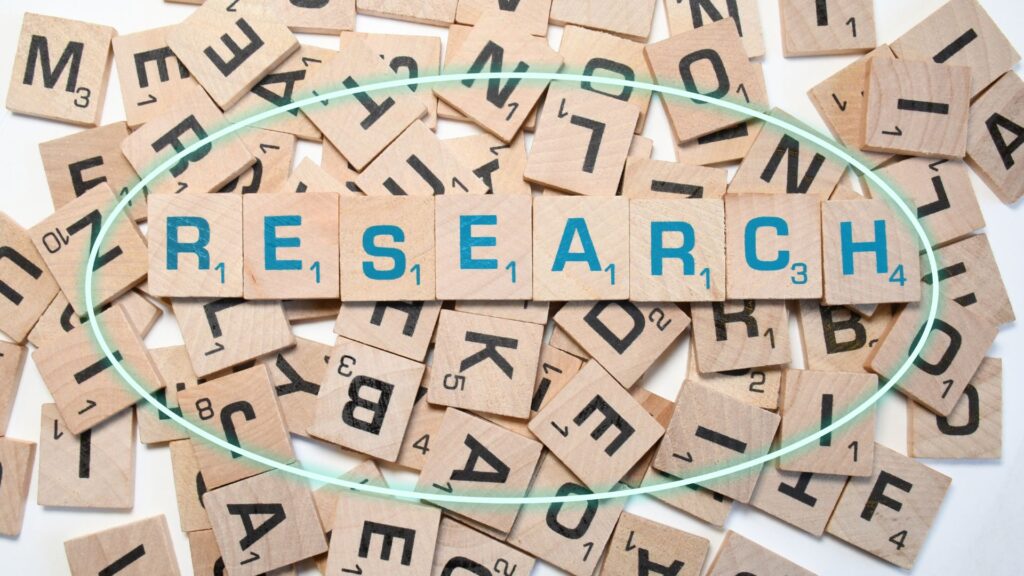
Personal Responsibilities and Tactics
You can play an important role in preventing the spread of health misinformation by practicing critical thinking and being cautious of the information you share on social media platforms.
Taking responsibility for the information shared can combat health misinformation. You can also actively educate others about spotting health misinformation and the importance of sharing accurate health information. A united effort to stop the spread of false information is essential. Social media users can collectively work towards creating an online community that values accurate health information and denounce fear mongering.
A Deeper Look at the Role of Tech Companies in Curbing Misinformation
Social media companies have a significant role to play in curbing the spread of health misinformation. They need to address the spread of health misinformation by implementing strategies to identify false information and uphold the quality of health information on their platforms. I don’t believe false information should be removed from platforms but instead they must be flagged.
There should be a clear disclaimer that the information presented has not been verified by health agencies and that viewers must not use as medical advice. This way social media users will be trained on spotting potential misinformation. Whether or not all platforms will implement a strategy to curb health misinformation is up for debate. There is a delicate dance to uphold freedom of speech and encourage robust debate in the health space in a democratic society.
Case Study: Misinformation during the COVID-19 Pandemic
The COVID-19 pandemic is a stark reminder of how quickly health misinformation can spread on social media. A torrent of false information sowed fear, confusion and eroded a trust in science. According to the Pew Research Center, only 23% of people have trust in medical experts; this has trended down from 39% from 2020, indicating less public confidence in medical experts.
Analyzing the spread of health misinformation during the pandemic can provide valuable insights into the types of information dissemination, the impact of false information, the cause for waning trust for medical experts and the role of social networks in the spread of health misinformation.
The Future of Health Information on Social Media
As social media platforms continue to evolve, it is important to consider the future if health information continues to be shared on these platforms. We stand at a crossroads of where the potential for good and harm can be spread with the click of the mouse. On the one hand, these platforms hold immense promise. They offer avenues for rapid public health education and connecting individuals with vital resources. On the other hand, dangerous content can amplify inaccuracies and create harmful narratives. In addition, the use of AI and emerging technologies pose the risk of making fake health information appear legitimate.
Predictions and Trends
We are starting to see the sophisticated use of deepfakes and AI- generated health content. Bad actors use deepfakes and AI-generated content (AGC) to spread misinformation. The MIT Media Lab gives a good overview of how to identify deep fake videos and discern the subtle differences like lip-movement, facial expressions and background scene.
Identifying the glaring signs of AGC will help to curb health misinformation. Initiatives like the Deep Fake Detection Change, DFDC, has developed tools to fight digital deceptions like AI videos of “fake doctors” spreading misinformation about rapid weight loss drugs and unverified practices. These are just a few trends that are happening to help social media users take control of the information they receive online.
Ultimately, the future impact of medical misinformation on public health can guide future prevention efforts and public health communication strategies.
Role of Government and Health Organizations in Addressing Health Misinformation

Government agencies and health organizations have a significant role to play in addressing health misinformation on social media platforms. By providing accurate timely information, collaborating with social media companies, and implementing public health communication strategies, government and health agencies can contribute to the prevention of health misinformation spread.
The WHO was criticized for not providing timely information in the 2020 pandemic; many argue delayed updates created an opportunity for conspiracy theories to spread and eroded the public’s trust. Hopefully, this is a teaching moment for health agencies everywhere. Delayed health information leads to confusion and potentially hinders effective public health interventions.
Current Initiatives
Current government and health initiatives focus on addressing the negative effects of health misinformation through education. Several sources have been curated to educate the public about public health emergencies like COVID. Below are a few examples of public health initiatives:
Government Initiatives against Health Misinformation and Deepfakes
| Agency | Initiative | Description | Source |
|---|---|---|---|
| National Institutes of Health (NIH) | AI-powered deepfake detection research | Funds research into AI tools that automatically identify and verify the authenticity of health-related videos and images. | https://www.researchgate.net/publication/336058980_Deep_Learning_for_Deepfakes_Creation_and_Detection_A_Survey |
| Cybersecurity and Infrastructure Security Agency (CISA) | Rumor Control webpage | Debunks COVID-19 misinformation and provides accurate information from trusted sources. Covers topics like vaccines, treatments, and testing. Resources available in multiple languages. | https://www.cisa.gov/sites/default/files/publications/rumor-control-startup-guide_508.pdf |
| Department of Health and Human Services (HHS) | Stop the Spread campaign | Combats health misinformation and promotes evidence-based information through partnerships with social media platforms and fact-checking organizations. Includes educational materials, public service announcements, and fact-checking resources. | https://www.stopthespread.org/ |
| Federal Trade Commission (FTC) | Enforcement against COVID-19 misinformation | Takes action against companies and individuals spreading misinformation by issuing cease-and-desist orders and financial penalties. Targets false claims about cures, treatments, and prevention methods. | https://www.ftc.gov/news-events/features/coronavirus/enforcement |
Future Plans and Proposals
Future research will focus on a standard code of conduct for health organization use of AI. This year, the Biden Administration push for more stringent oversight in how AI is used to determine program eligibility as well as provide beneficiary information of its use. The AI Bill of Rights is a proposal to eradicate discrimination and the potential harm AI algorithm can pose to certain groups and minorities. It also challenges private institution to operate in good faith and ensure that AI algorithms uphold integrity during development and testing.
What More Can You Do to Protect Yourself from Health Misinformation on Social Media?
In addition to the strategies mentioned above, there are several steps you can take to protect yourself from health misinformation spread on social media platforms.
Be a Critic: Be skeptical of sensational claims and unsupported claims. Ask yourself: “Does this make sense? Is there evidence to back it up? If there is no support, move on -it is likely health misinformation.
Be a Responsible Consumer: Check claims to new medicine and treatments that promise immediate results. Refrain from sharing sources of “quick-fix” treatments or drugs until you have verified it and reviewed the better business bureau (BBB), that this is a legitimate business.
Discuss Concerns with Health Providers: Don’t hesitate to discuss health concerns or new health information with your health provider in person or via telemedicine. It is important to find a doctor you trust, that will give you relevant and evidenced-based advice. They can help you clarify information so that you can make informed decisions.
Conclusion
It is crucial to be vigilant and discerning when consuming health information on social media. With the prevalence of health misinformation, it is essential to understand the impact it can have on public health decisions and the decisions you make about your own health.
By learning techniques to spot health misinformation, such as identifying credible sources and recognizing red flags for false claims, you can protect yourself and others from the harmful effects of inaccurate information.
Additionally, strategies to stop the spread of health misinformation, both through personal responsibilities and the role of tech companies, play a vital role in combating this issue. As we continue to navigate the future of health information on social media, it is important for social media platforms, government, and health organizations to take responsibility and implement responsible initiatives to address health misinformation effectively.
By staying informed and taking proactive measures, we can protect ourselves and promote accurate health information on social media platforms.
Source
Centers for Disease Control and Prevention
CDC works 24/7. (2023, December 13). Centers for Disease Control and Prevention. https://www.cdc.gov/
Home. (2023, December 15). https://www.who.int/
MIT Media Lab
Project Overview ‹ Detect DeepFakes: How to counteract misinformation created by AI – MIT Media Lab. (n.d.). MIT Media Lab. https://www.media.mit.edu/projects/detect-fakes/overview/
Pew Research Center
Nadeem, R. (2023b, November 17). Americans’ trust in scientists, other groups declines in 2021 | Pew Research Center. Pew Research Center Science & Society. https://www.pewresearch.org/science/2022/02/15/americans-trust-in-scientists-other-groups-declines/
The White House
The White House. (2023b, November 22). Blueprint for an AI Bill of Rights | OSTP | The White House. https://www.whitehouse.gov/ostp/ai-bill-of-rights/
